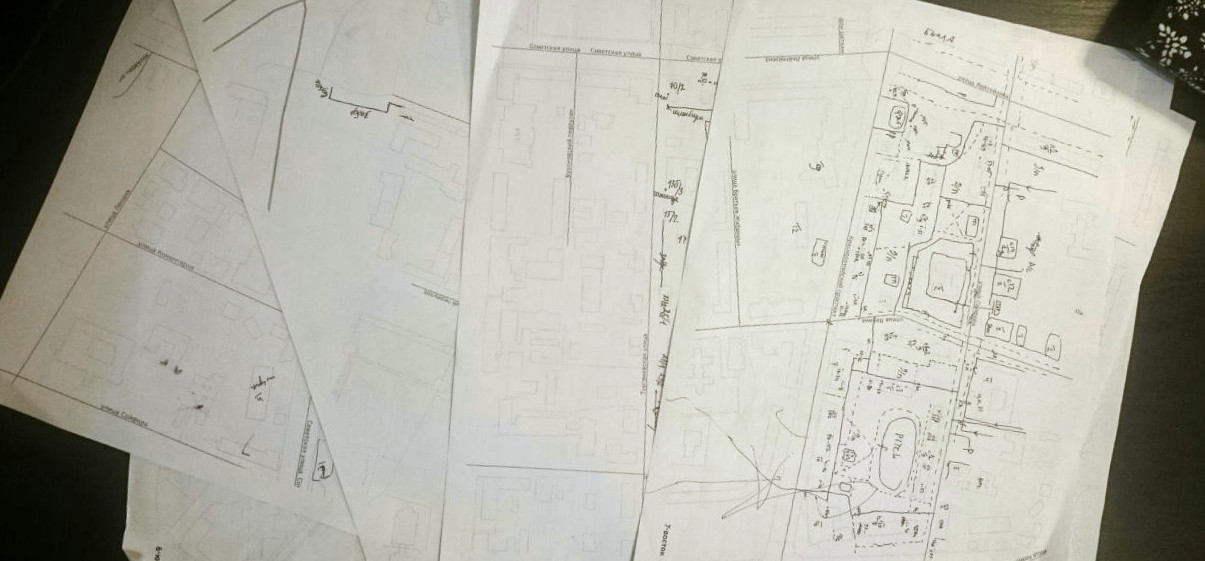
Reminding you that there is a big conference coming up: the State of the Map Baltics 2020 in Riga, Latvia. How big? Well, half a thousand attendees have already registered. It’s time for you to buy a flight and meet us and other GIS enthusiasts and professionals on 6th of March:
https://2020.sotm-baltics.org/
Why so big? Well, it’s just a part of a bigger conference: Baltic GIT is not related to version control systems, but to geospatial technologies. Think of it as a partly local FOSS4G, only with less focus on open source. And it’s free!
We’ve got Allan Mustard of OSMF, Stefan Gustafsson of ESA, Tomas Straupis, Kirill Bondarenko, Danil Kirsanov, Evgen Bodunov, Rihards Olups and dozens of other speakers and OSM members. Do visit, and let’s enjoy Riga together!





